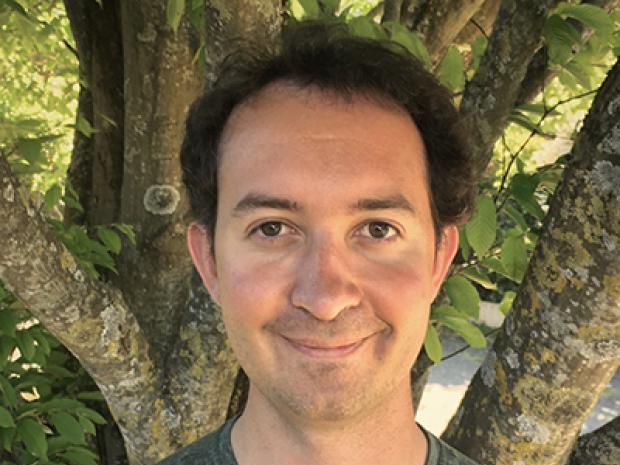How complex fluids dry? The interplay of water activity and permeability when solutions, dispersions, biological fluids and membranes meet open air

Speaker:
Kevin Roger
Toulouse Chemical Engineering Laboratory, CNRS
Abstract:
Bringing an aqueous dispersion or solution into open-air leads to water evaporation. The resulting drying process initiates the build-up of spatial heterogeneities as non-volatile solutes and colloids concentrate. Such composition gradients associate with mesostructure gradients, which in turn impact flows within these multicomponent systems.
We have probed systematically the build-up of these gradients using Raman and small-angle X-ray scattering mapping. We also measured the deviation to ideality of the resulting mixtures, since water activity is the driving force for water evaporation. We show that when the system can adopt a water-deprived structure, water activity and water transport are drastically decreased in the vicinity of the air/liquid interface. This notably leads to diffusional drying kinetics that are nearly independent of the air relative humidity. We investigated a large diversity of complex systems, such as amphiphiles or polymer solutions, microgel dispersions, and even biological fluids such as saliva, which all meet this criterion.
The interplay between water fraction, water activity, and mesostructure on water transport is generic and thus shown to be pivotal in order to master evaporation in drying complex fluids, including physiological fluids that carry viruses in the air. It contrasts with the behavior of hard-sphere dispersions, a current flag-ship system in drying studies that notably leads to coffee-ring effects. Overall, we propose a framework to qualitatively and quantitatively describe water evaporation in complex fluids and thus open a way to better control drying processes.

